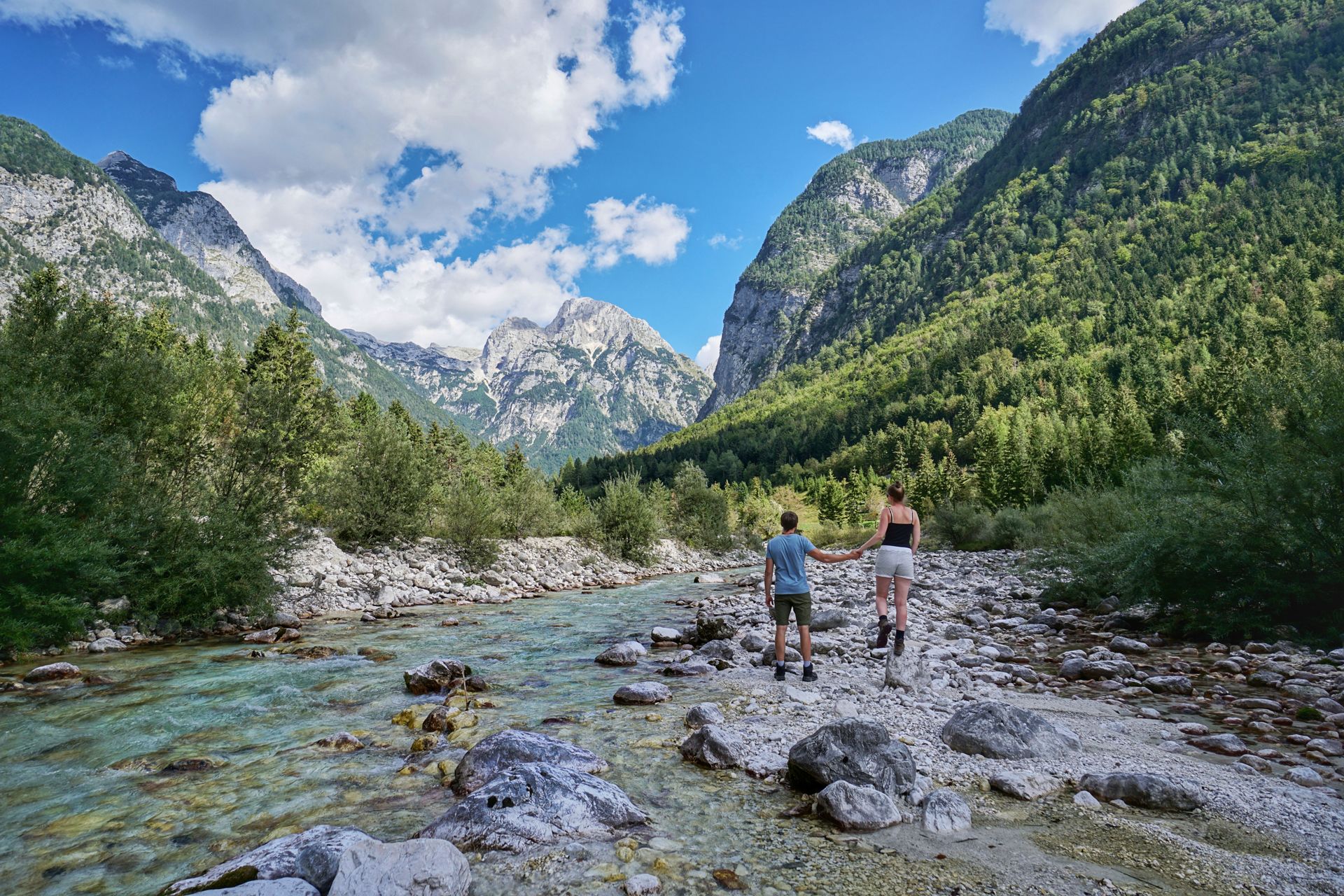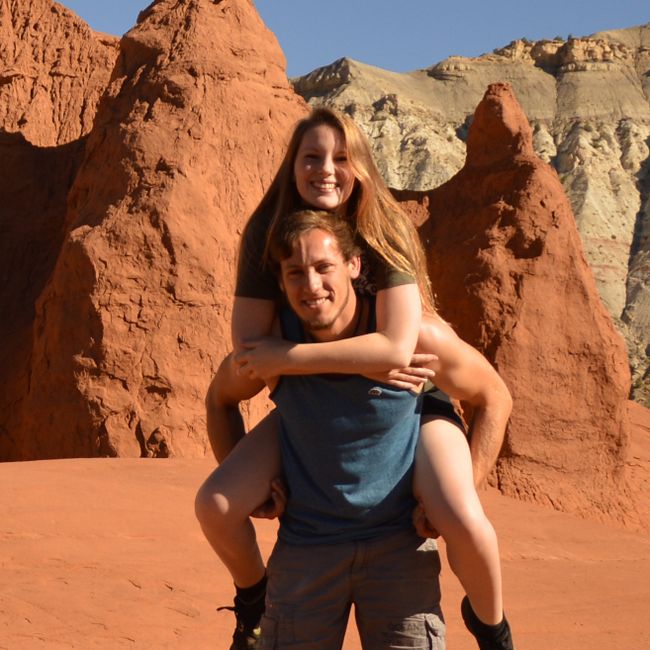Second Stop: Peru, Part 3: Hakuna Matata
Gepubliseer: 24.11.2018
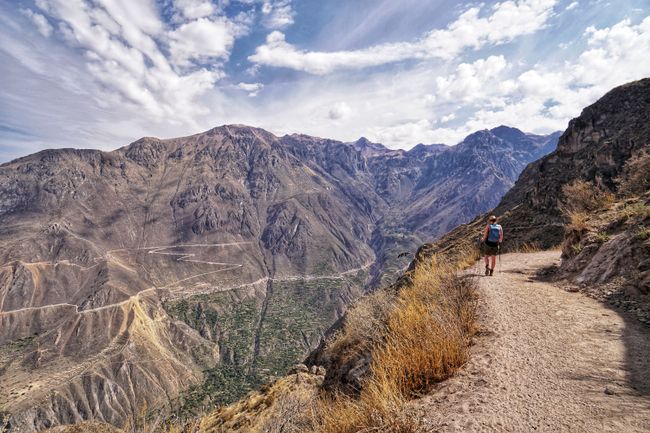
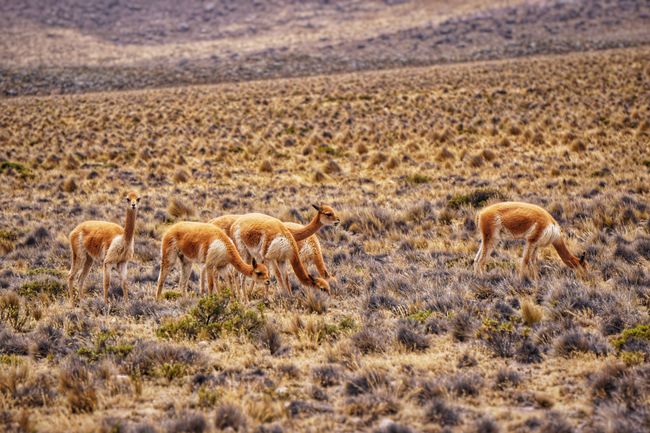
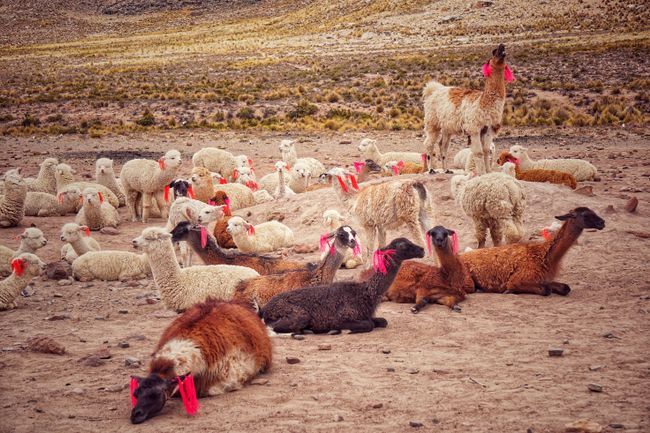
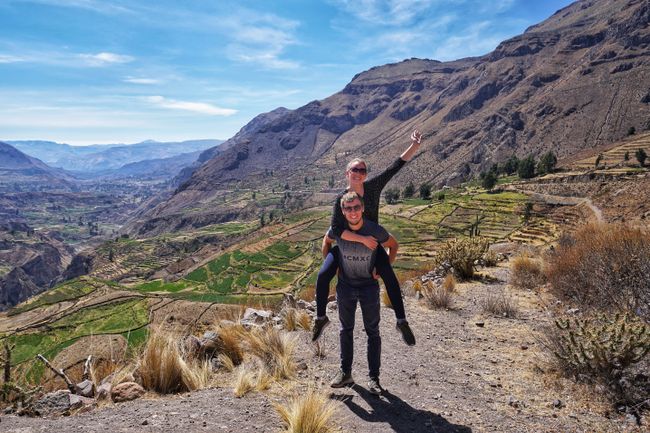
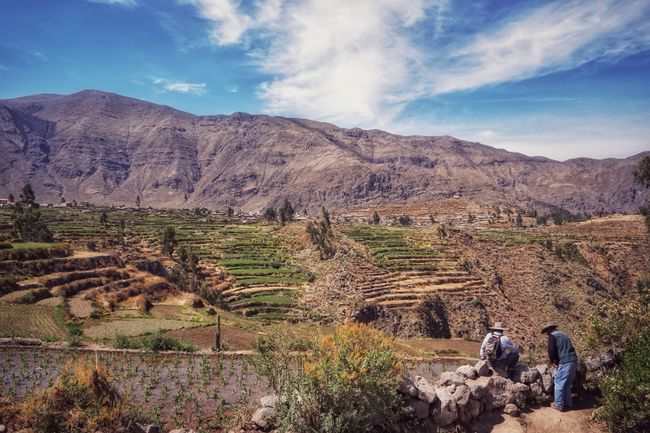
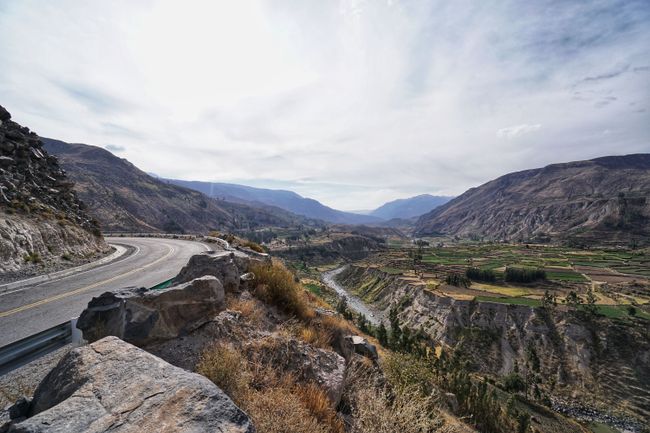
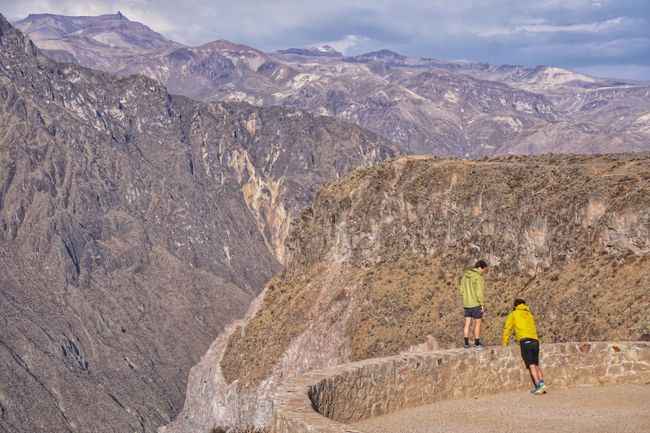
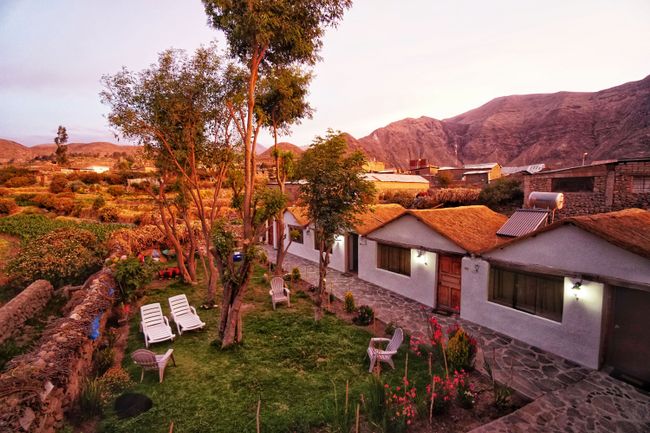
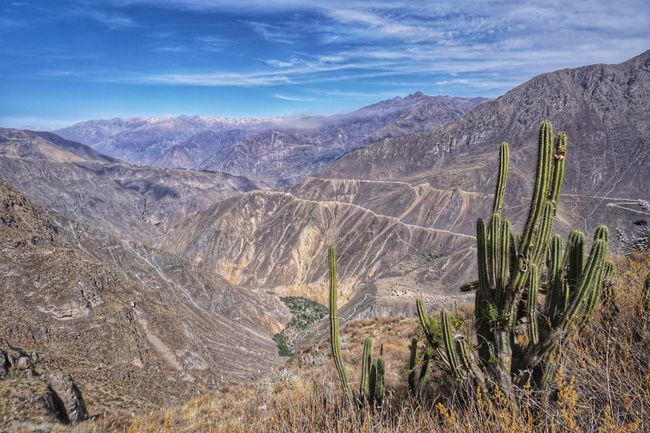
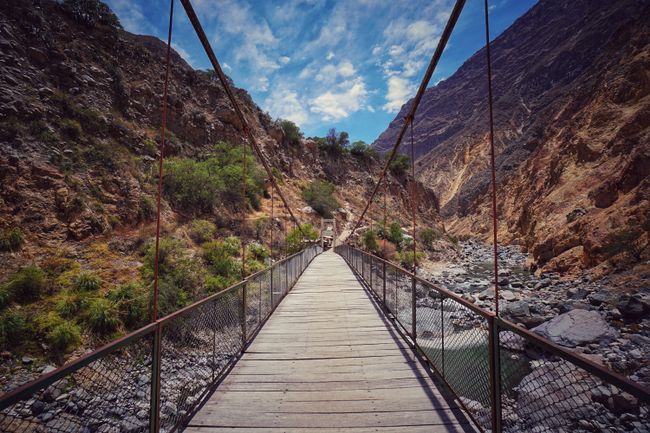
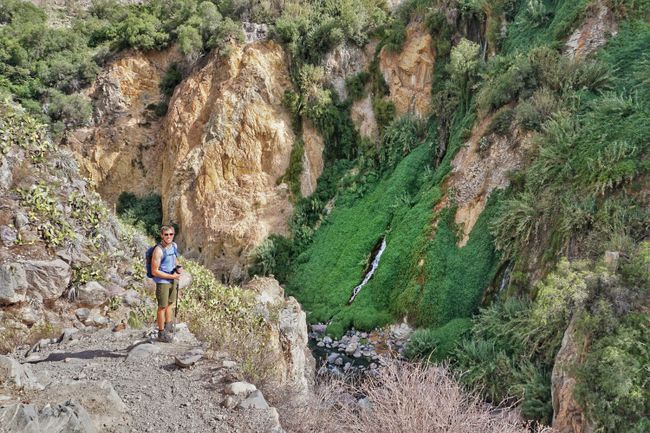
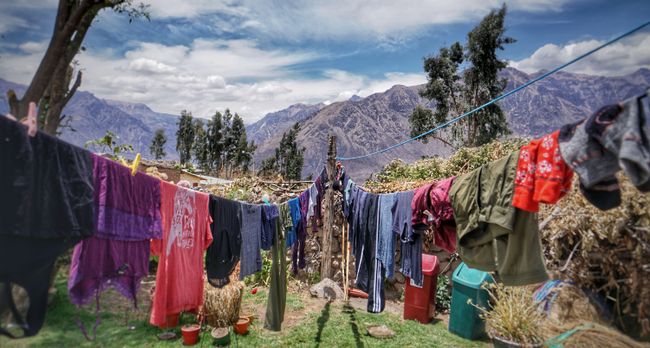
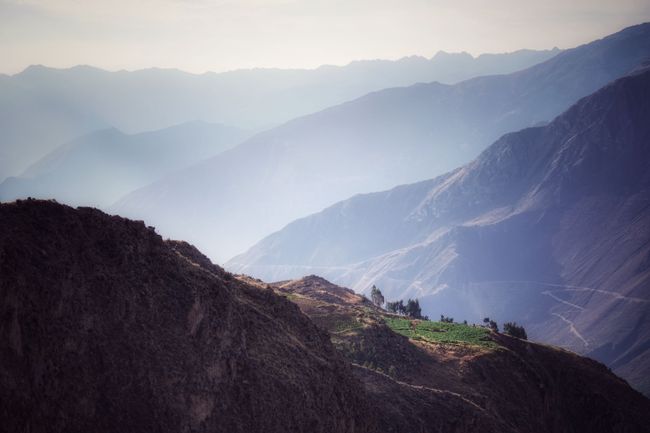
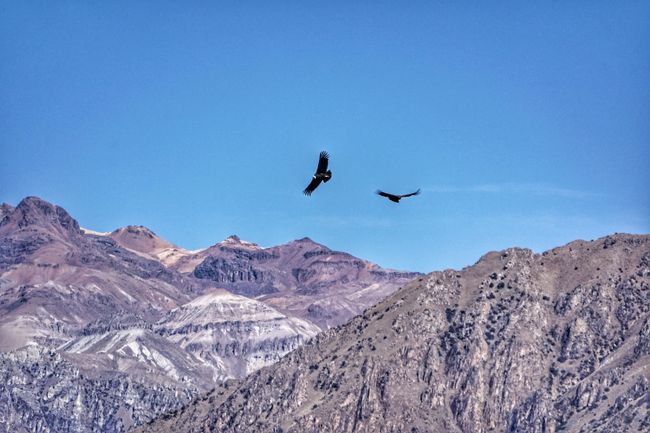
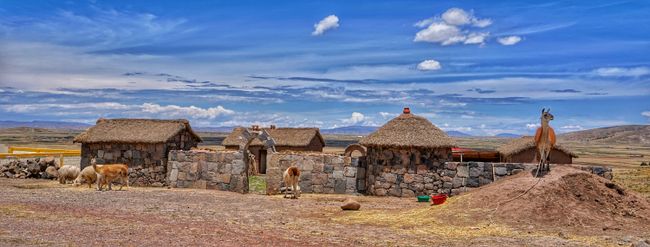
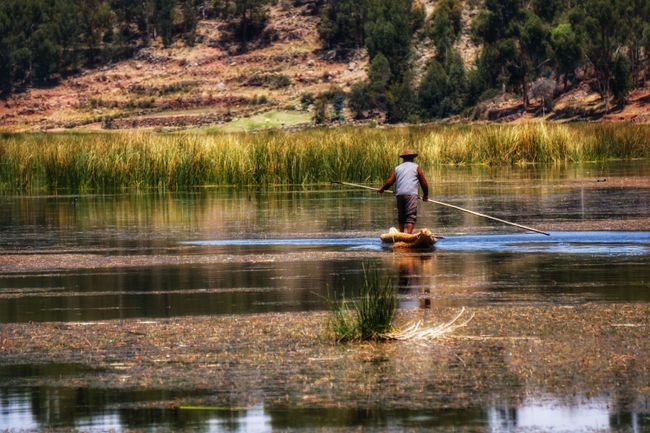
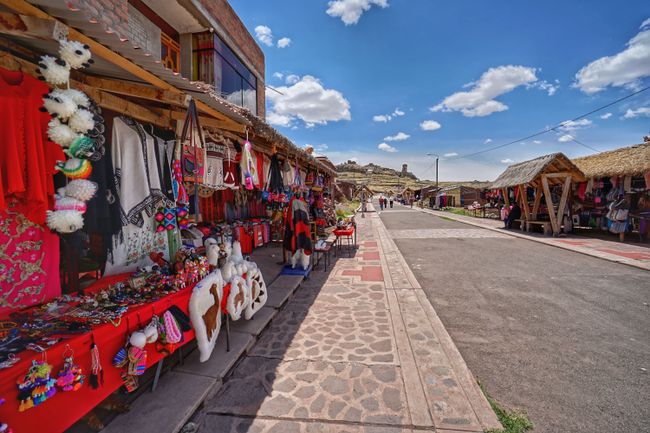
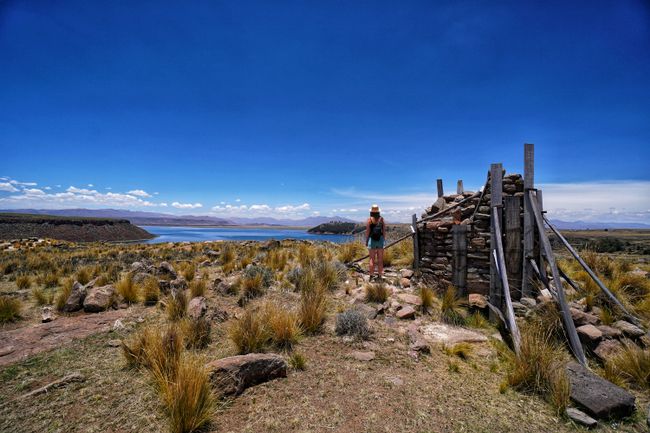
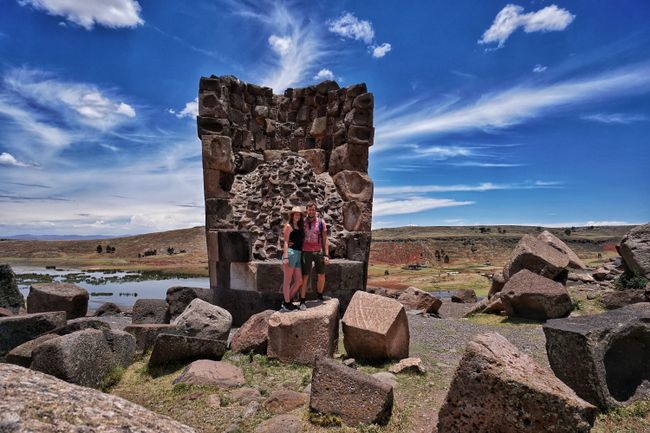
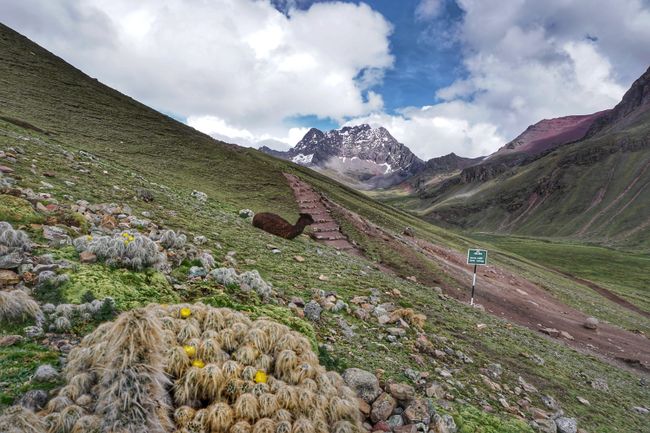
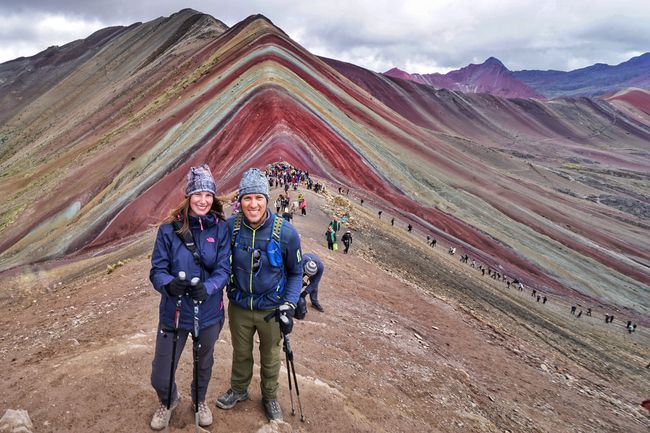
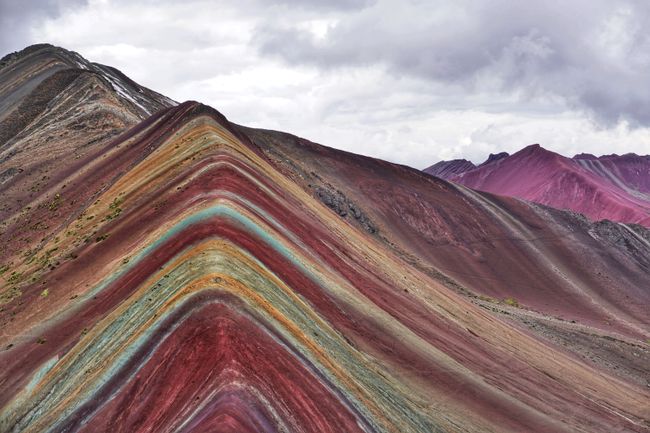
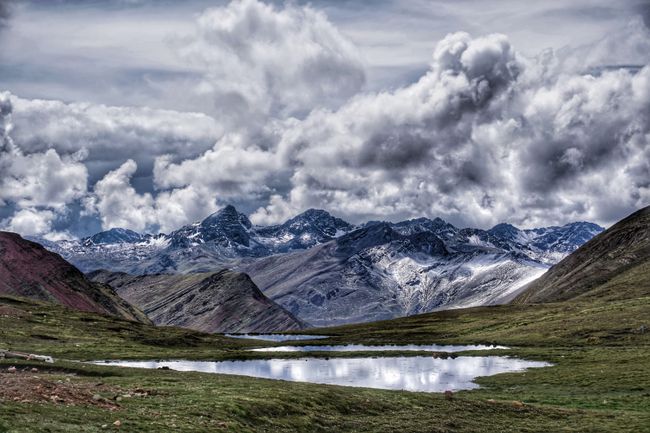
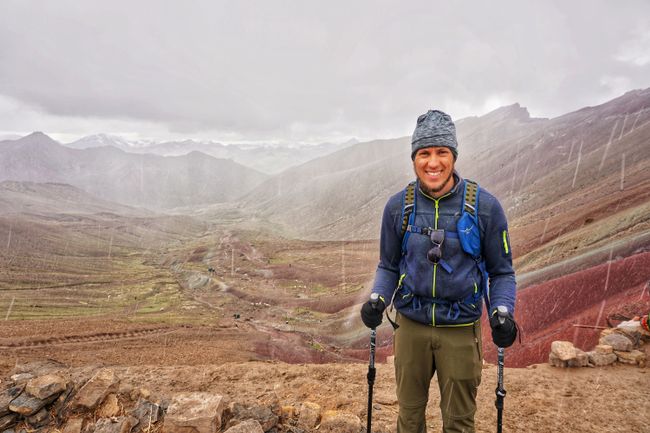
Teken in op Nuusbrief
After we had ticked off the whole south of Peru (or at least the drivable roads) and were very impressed by the nature, but the cities and the traffic had pushed us to our limits, it was time for seclusion. It was convenient that the Cañón de Colca was on our route. According to the Peruvians, it is the deepest canyon in the world, twice as deep as the Grand Canyon. Admittedly, this is only true if you measure from the highest mountain peak to the bottom of the canyon, but we prefer to leave the Peruvians with their beautiful illusion.
But first, let's talk about the journey: To get from Arequipa to Cabanaconde, our destination, you have to drive through endless pampas and over a pass that is about 5000m high. Luckily, we both seem to have very good genes (thanks to our parents at this point), because the altitude didn't bother us at all. So on our drive, we could not only enjoy the sight of the mountains over 6000m high, but also delight in the sight of vicuña and alpaca herds.
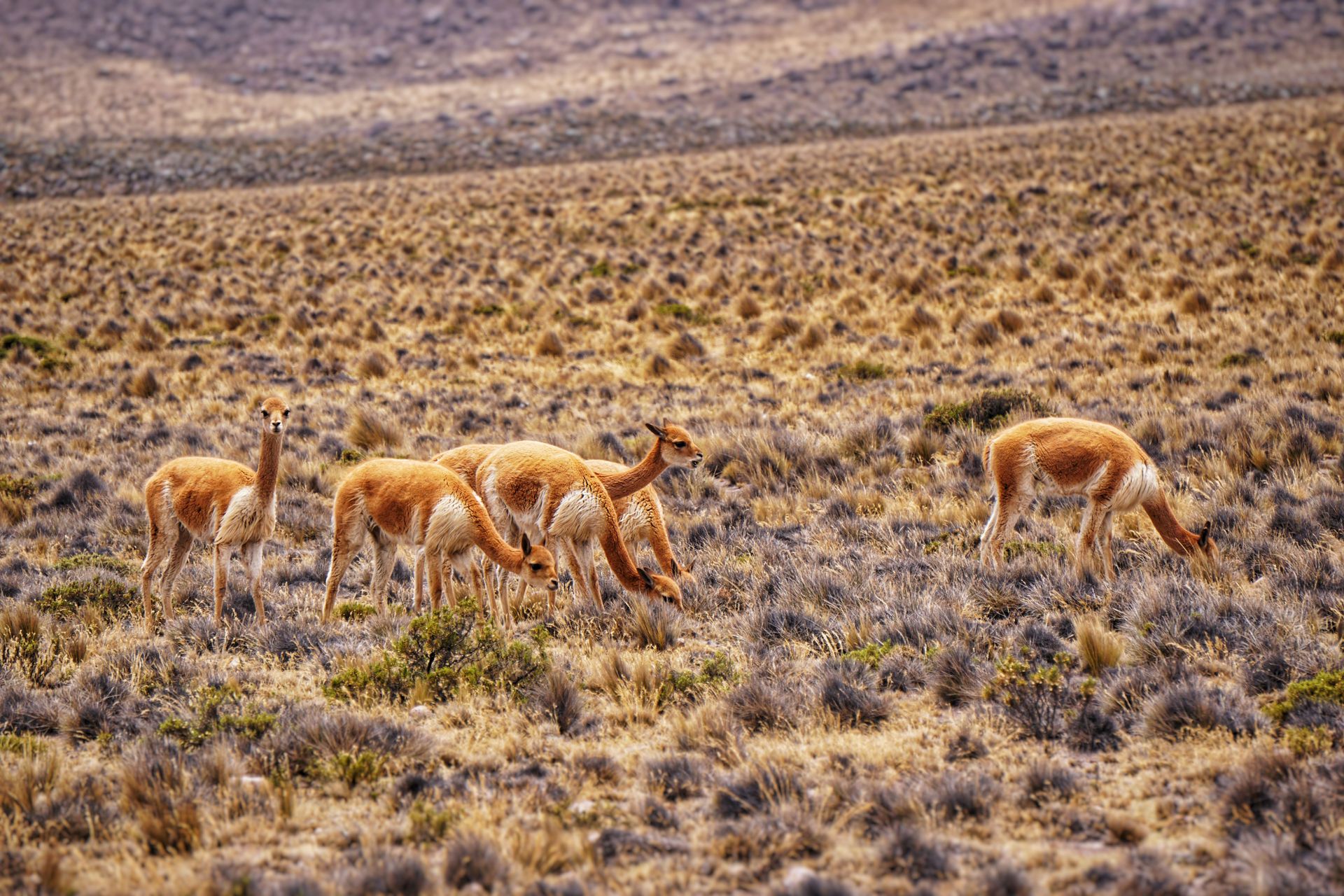
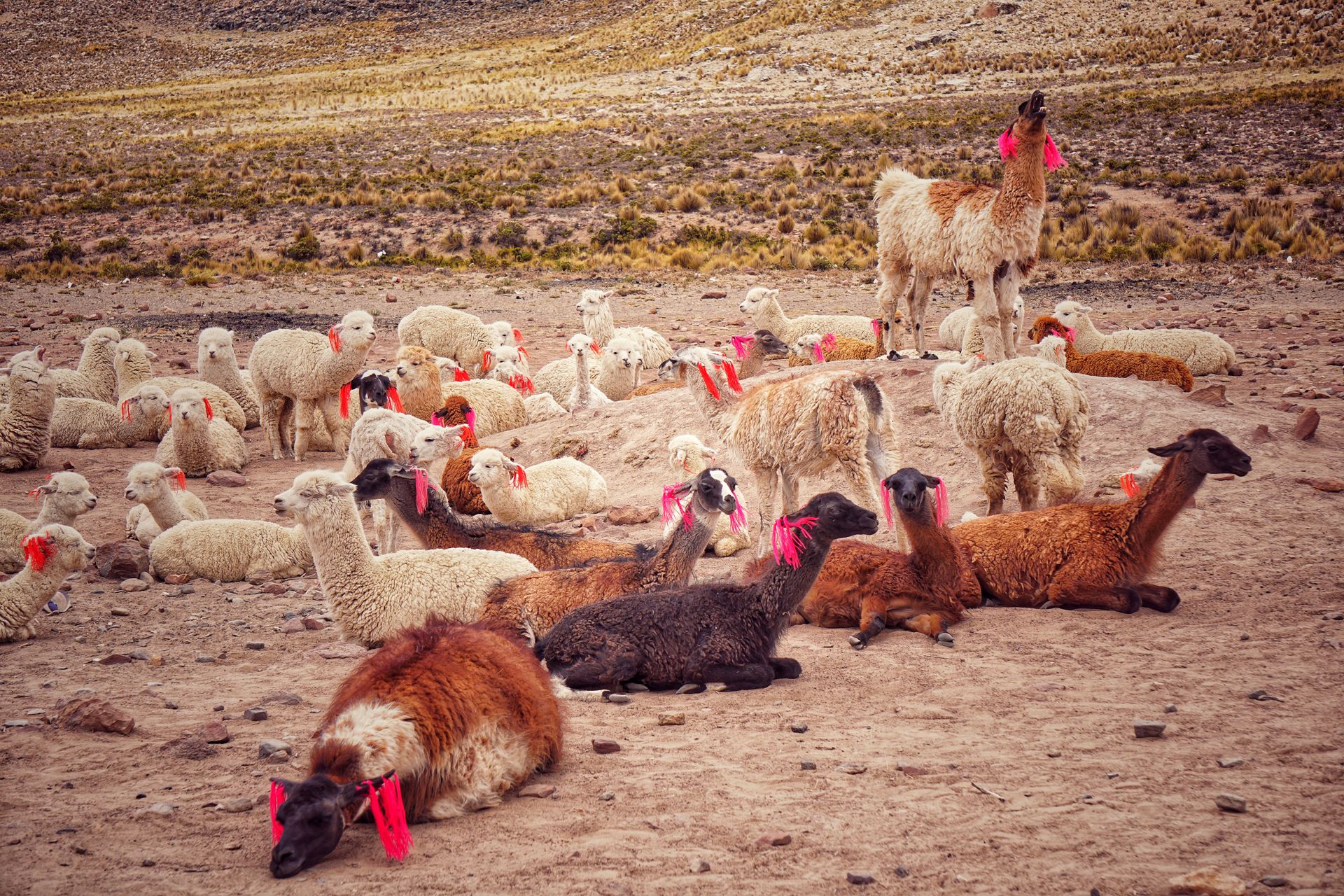
The city of Chivay then marked the "entrance" to the Cañón de Colca after a beautiful but long drive. And the moment we realized that the canyon not only runs impressively deep and steep, but is also completely surrounded by Inca terraces, was certainly one of the highlights in Peru. In particular, the fact that there was finally something green around us made us shine.
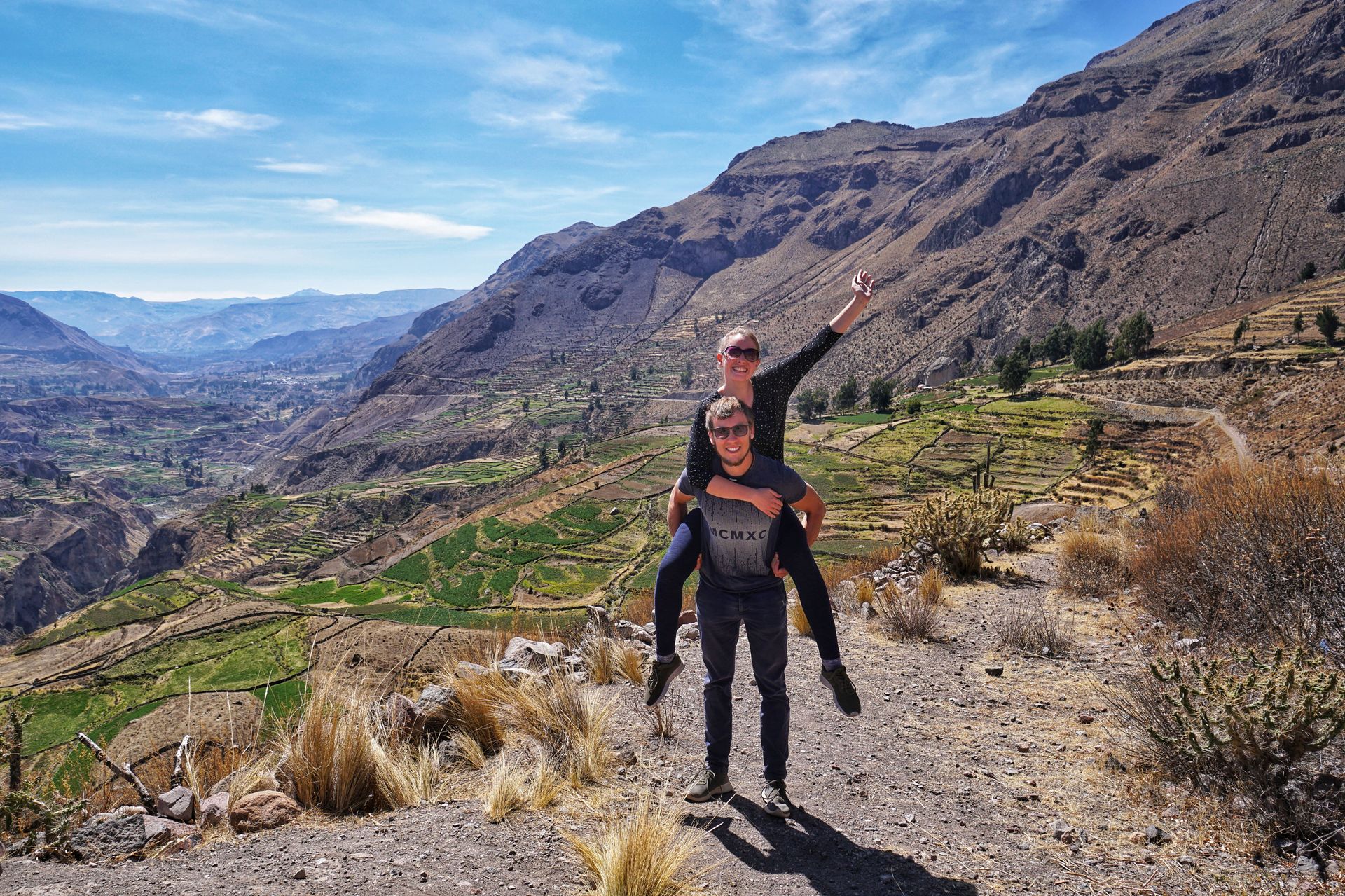
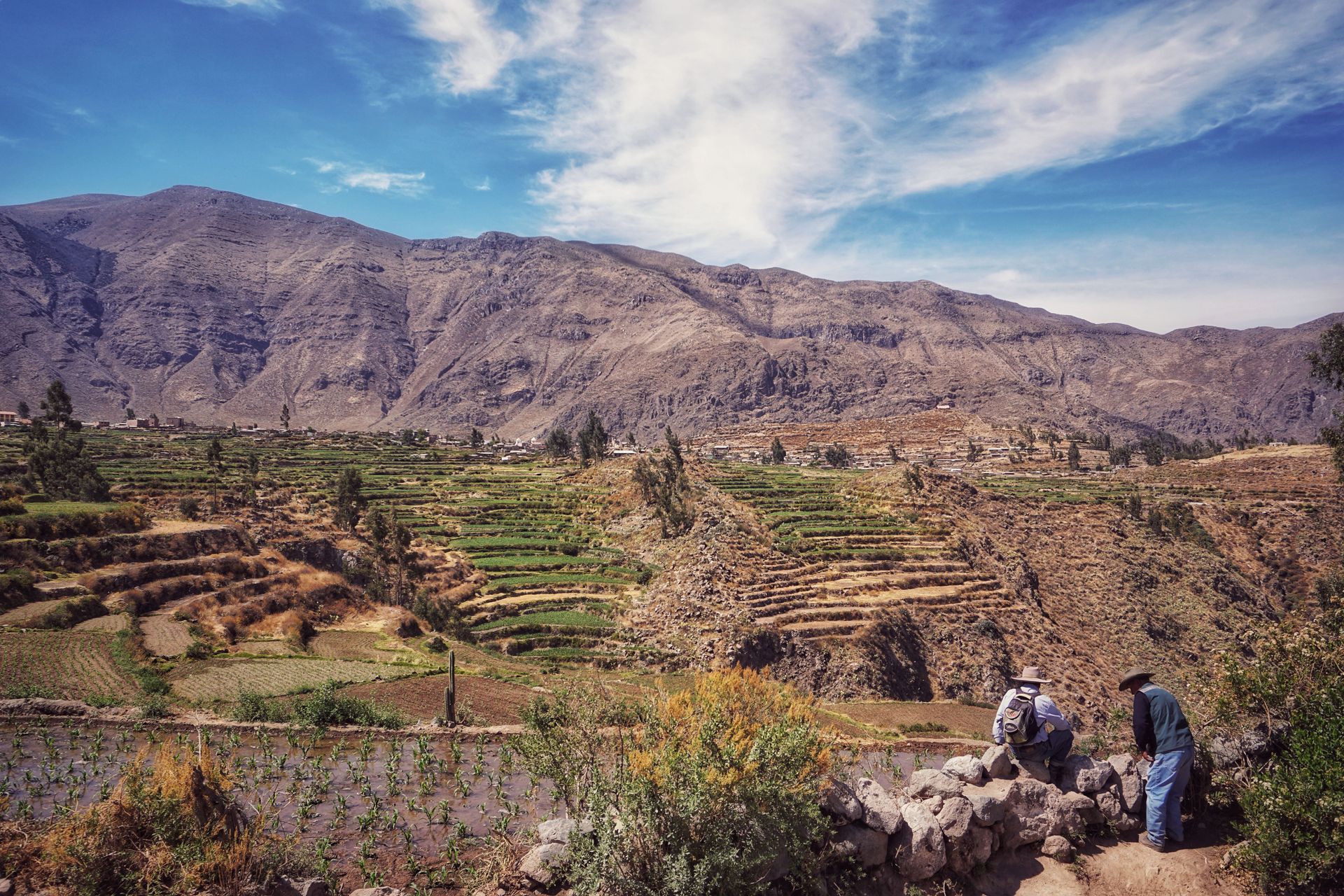 Proud farmers
Proud farmers
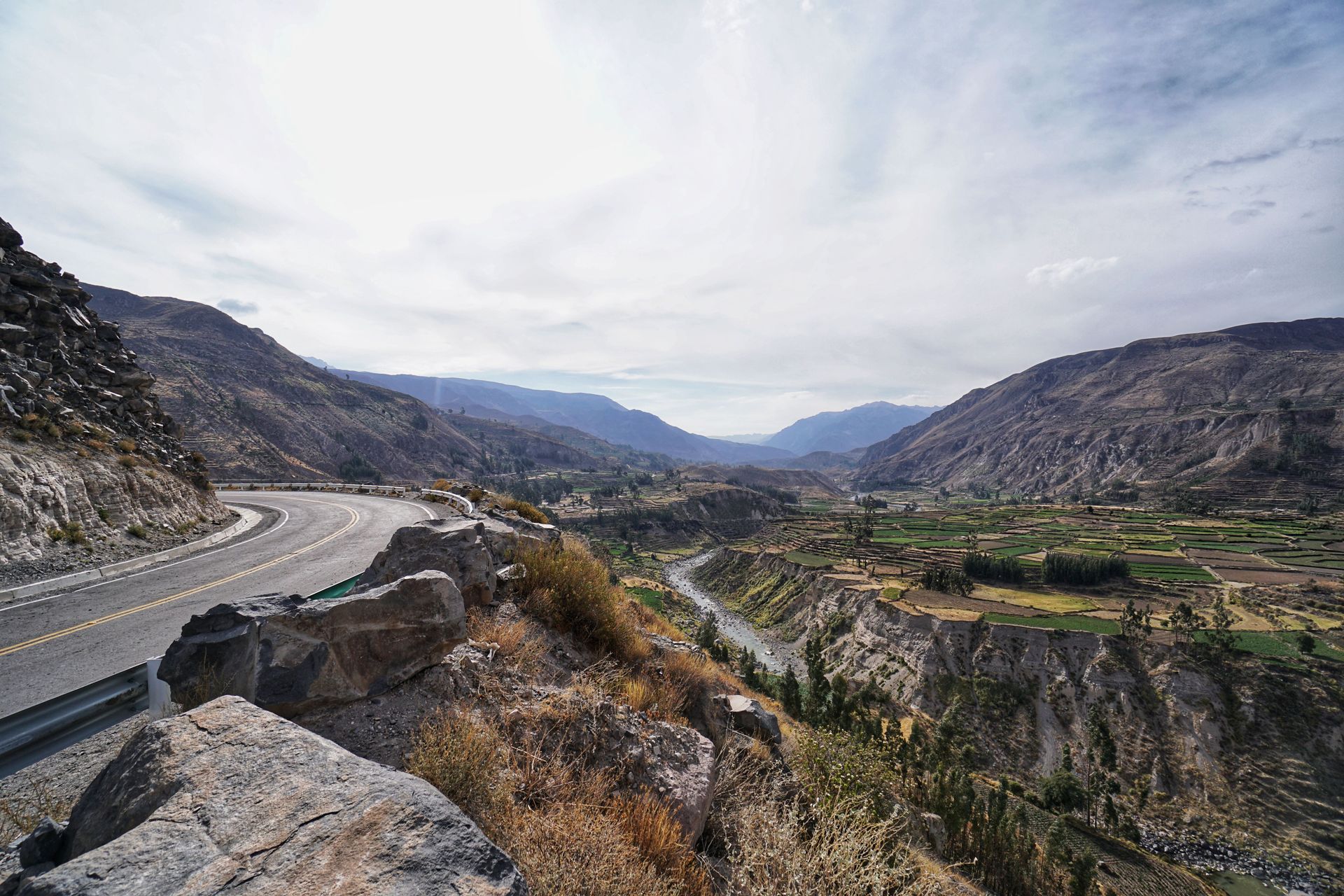
The rest of the road took us 56km along the canyon and always had new surprises in store, such as deep gorges, dark tunnels, and two Swabian hitchhikers we picked up on the side of the road in the midday heat. They told us completely exhausted that they had started walking from Chivay in the morning, as their bus to Cabanaconde didn't leave until the afternoon and they thought they would be faster if they walked the 56km uphill. At the time we picked them up, it was about 4:30 pm, 30°C hot, and they had only covered 25 km. So we can say a bit conceitedly that we were their last rescue. So now the four of us drove to our beautiful accommodation right on the canyon, where an older gentleman was very happy that we brought him new customers, because did we mention that our two Swabians naturally had no plan for the night?! We enjoyed the sunset together with a cool beer and discussed and exchanged travel experiences.


The next morning started early for the two of us, as we wanted to complete a large part of our canyon hike before the midday heat. After a loving breakfast from our kind-hearted host family, we set off around 7:30 am. Our hike led us down 1200 meters into the canyon, then up and down through the canyon, and after some wrong turns and bushwalking, we found the right path, where we naturally met the Swabians again. Since they had also gotten lost several times, we could assume that it was not due to our lack of orientation but to the absolutely misleading signs. But in the end, after 17 km, we arrived at our destination, a small "oasis" called Sangalle. The accommodation there turned out to be an oasis from the outside, but our room itself left something to be desired due to bird droppings in the shower, no running water, and nonexistent window panes. Fortunately, exhaustion did the rest and made us fall asleep quickly.
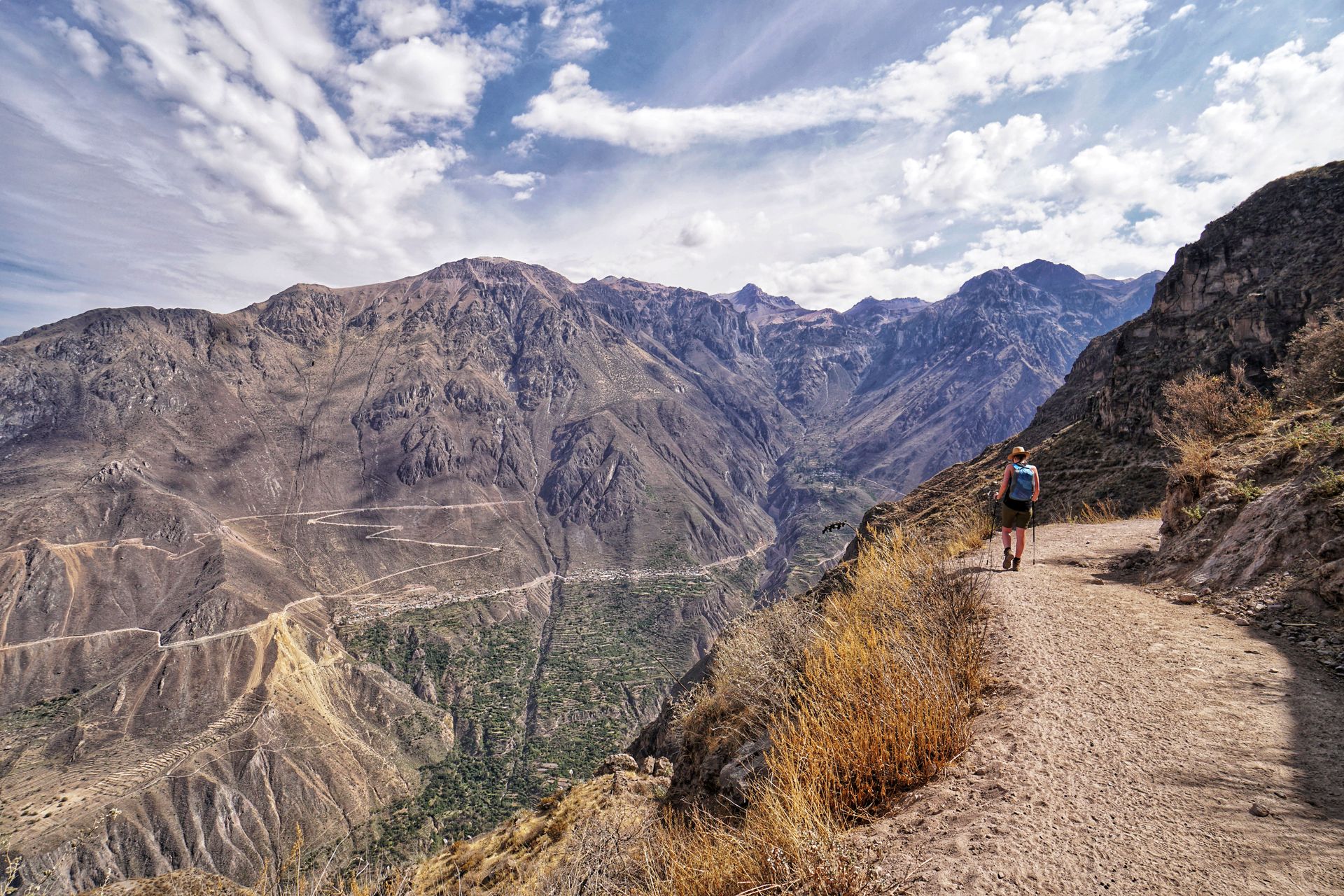
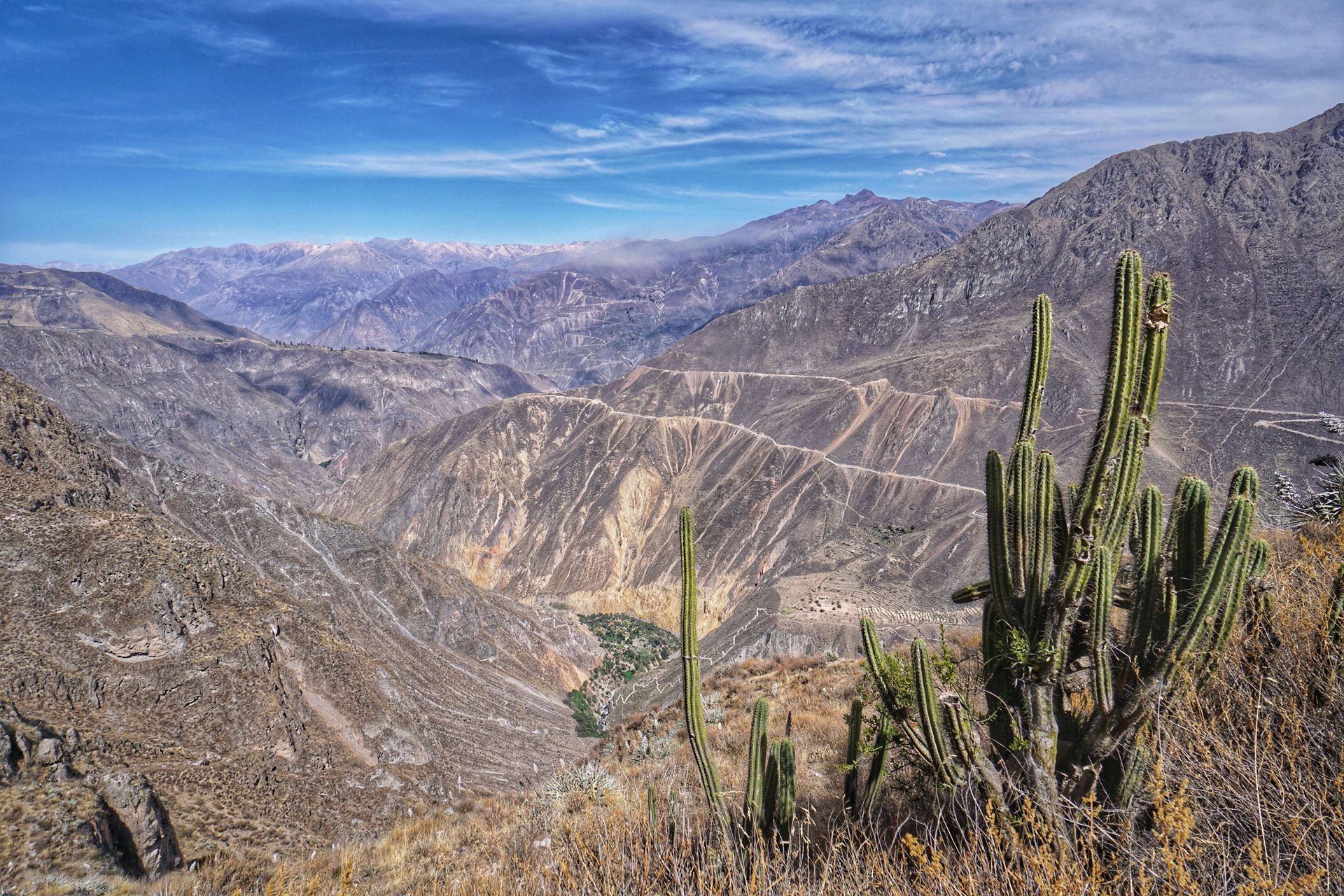
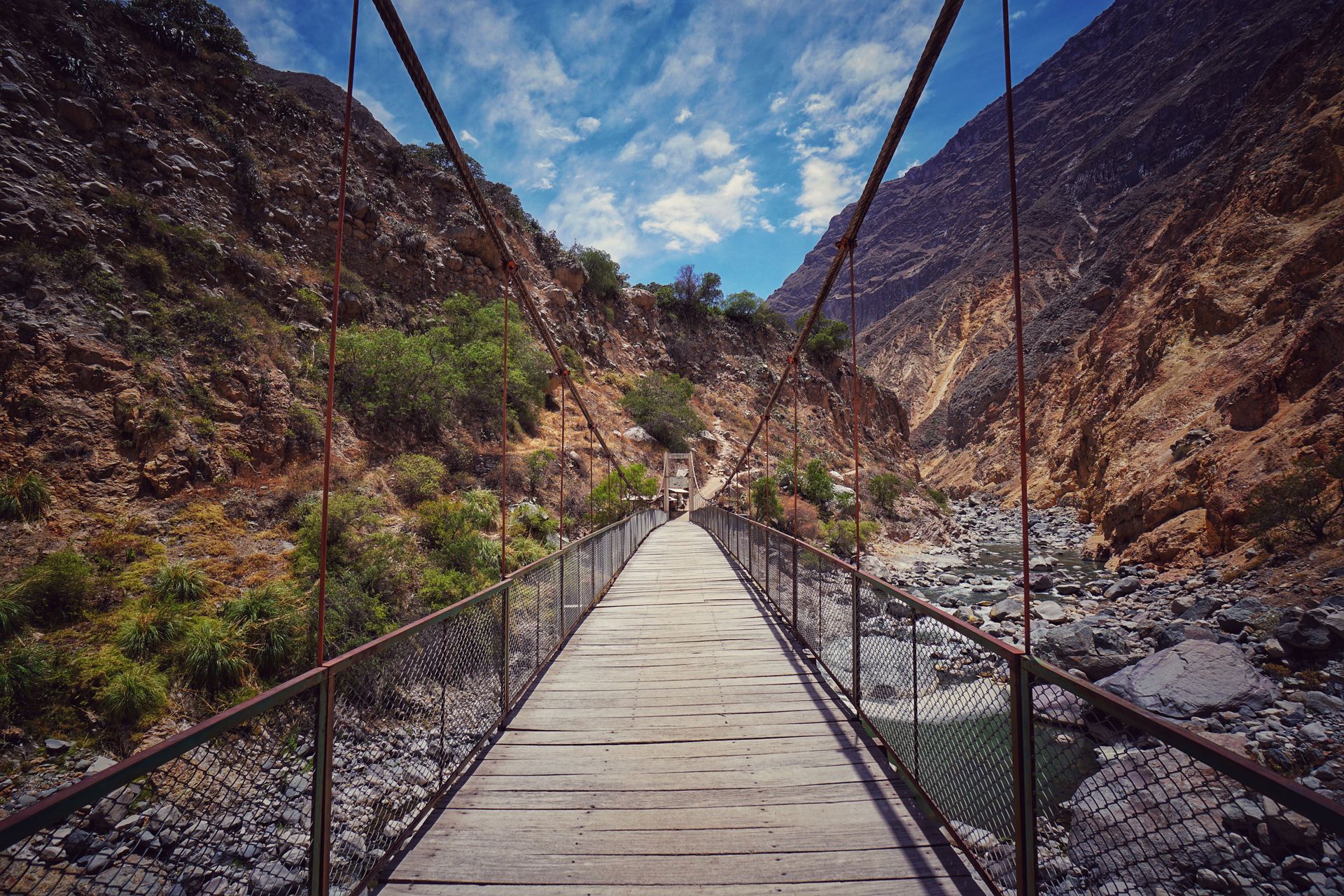
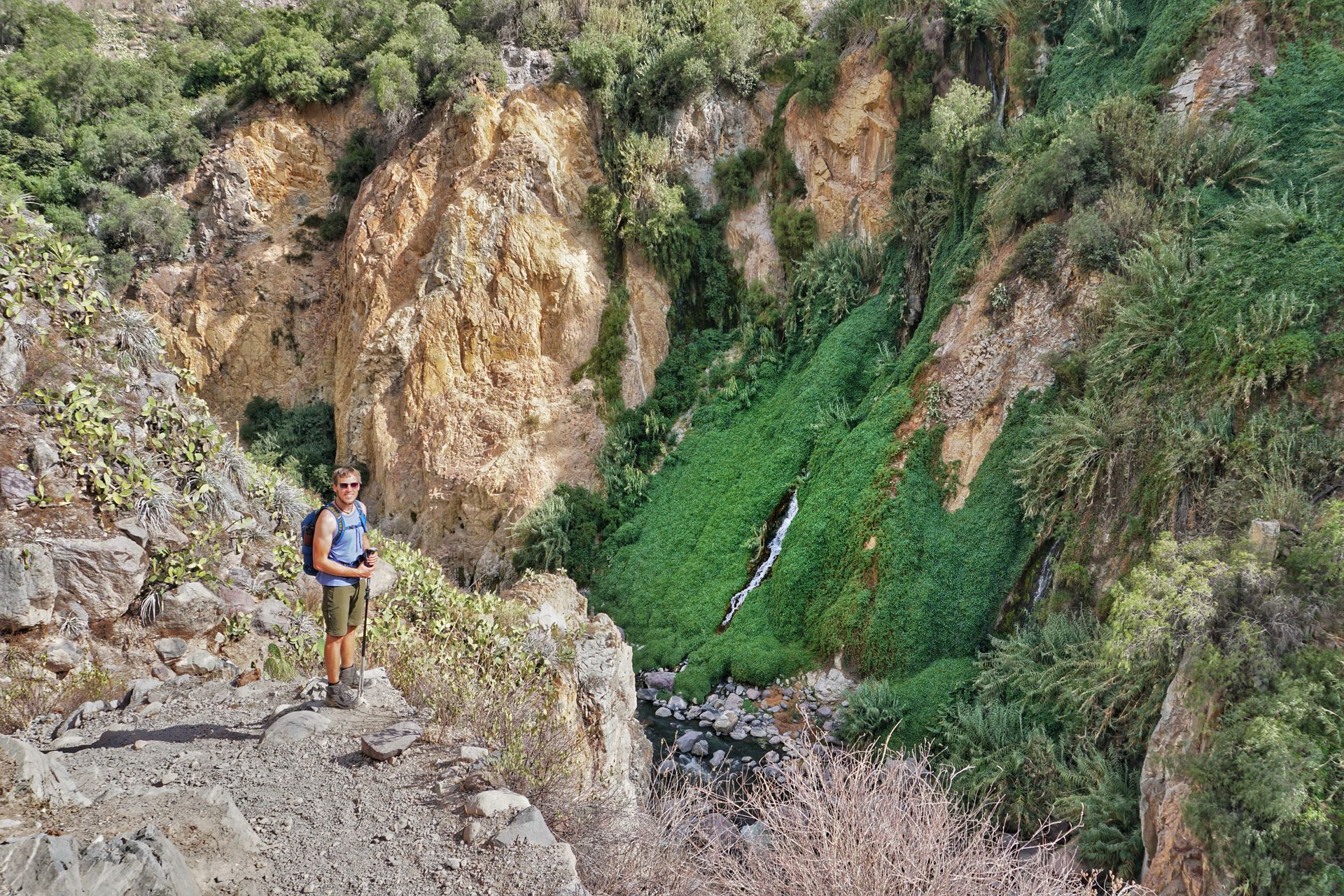
Our experiences with the heat of the previous days taught us to set off early again the following day, so we started our return journey at 6:00 am: 1200 meters uphill in one go back to Cabanaconde. To be honest, those 3 hours were absolute hell and not recommended. However, the only alternative would have been a ride on a mule, and with the paths and canyons, we preferred to trust our own feet. The rest of the day, we recovered by doing laundry, having nice conversations with a Swedish couple, and enjoying a homemade 3-course dinner at our accommodation in Cabanaconde. Jan ate Pepe, the alpaca, and Natalie had "carne sin carne".

The next morning, the Cañón de Colca bid us farewell with a few Andean condors, the largest birds of prey in the world, who presented their gliding flight above our heads. Conclusion: This canyon was worth every drop of sweat and every sunstroke.
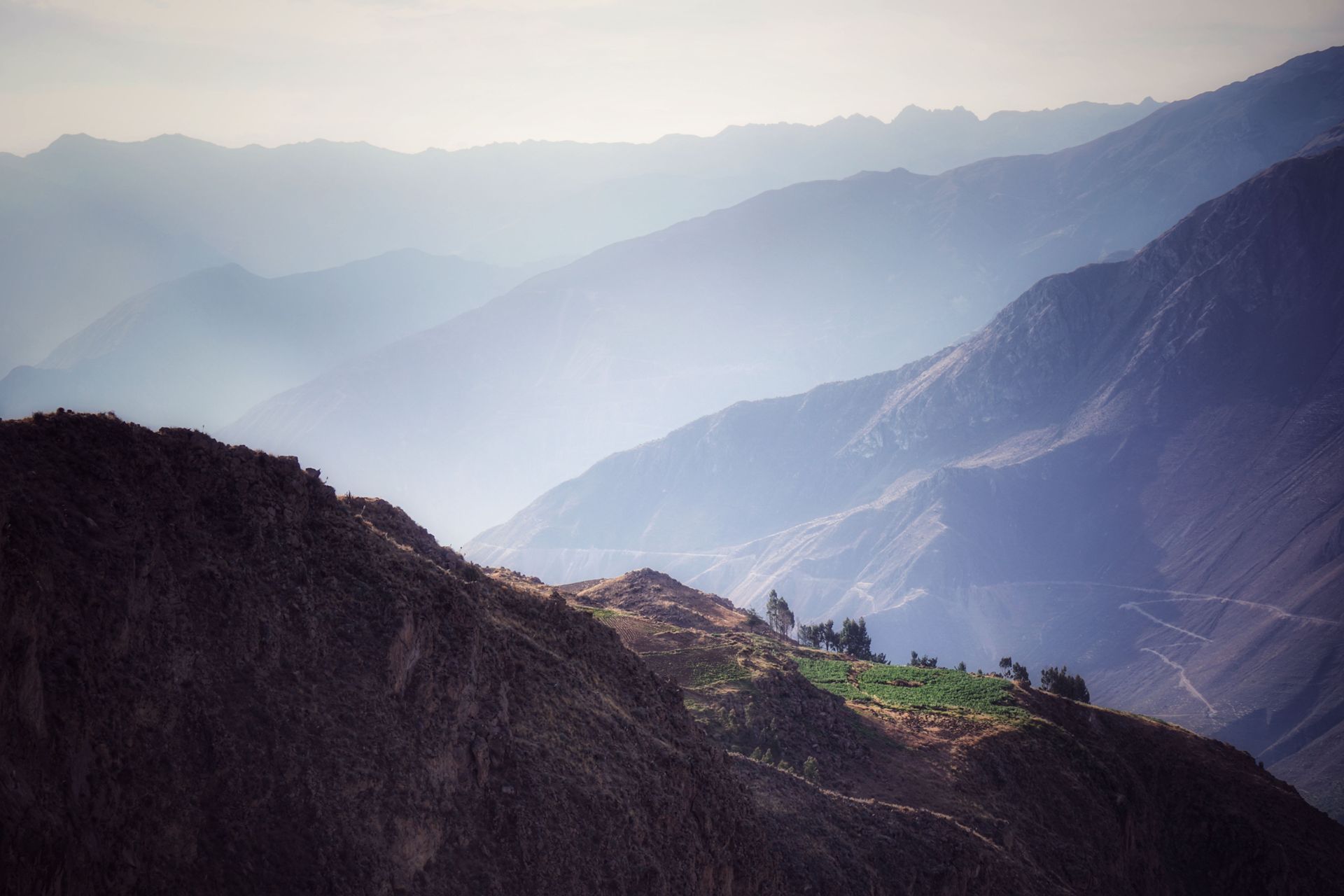
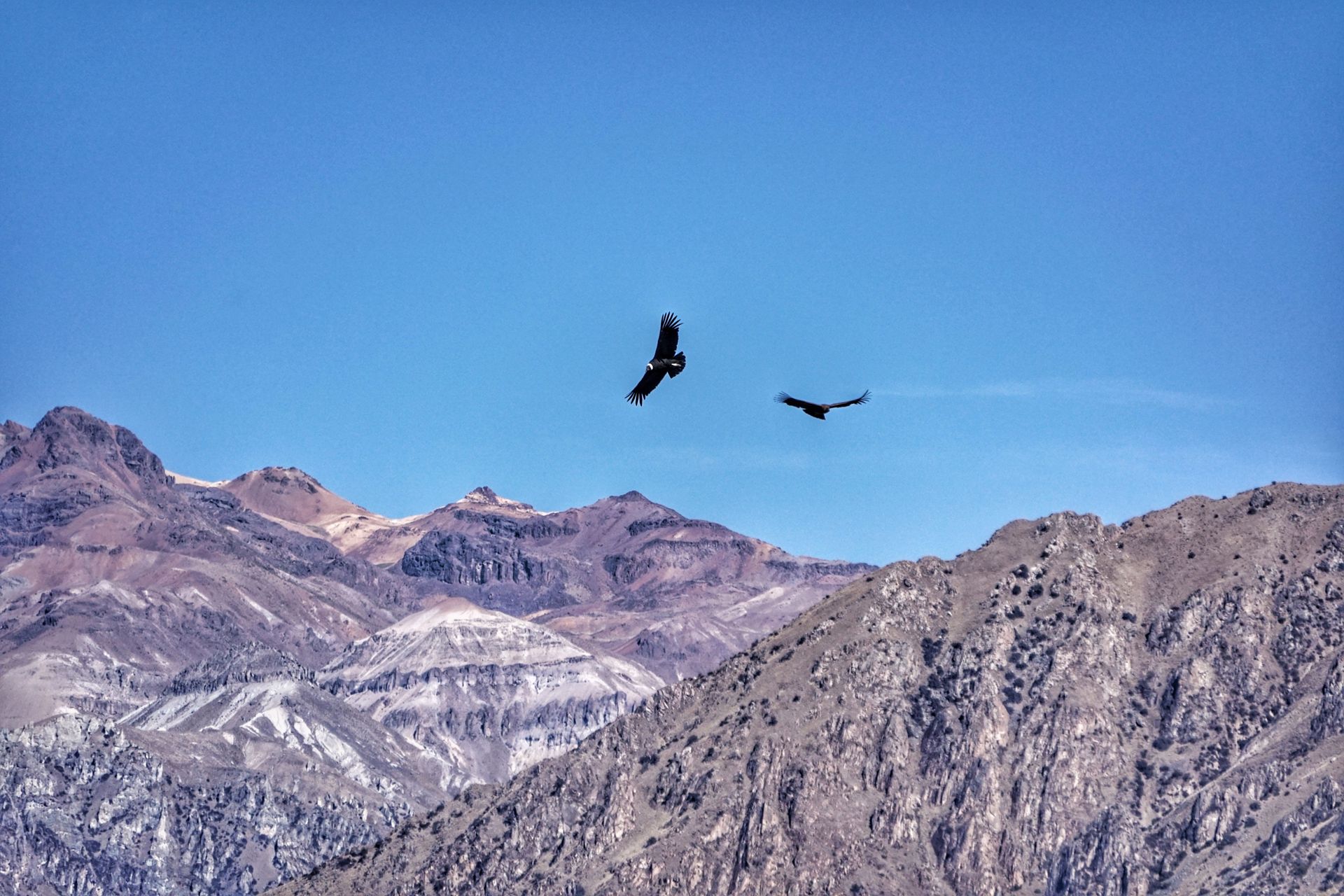
Our next stop was Puno, located on Lake Titicaca. That pretty much sums it up, because Puno once again showed that cities in Peru should for the most part be avoided. But at least we can now say that we have seen the highest navigable lake in the world and were moderately impressed. Therefore, we quickly made our way to a nearby burial site from the Tiahuanaco and Inca periods in an idyllic village on Lake Umayo. Here, you could admire partially well-preserved and partially completely destroyed burial towers, called "chullpas".

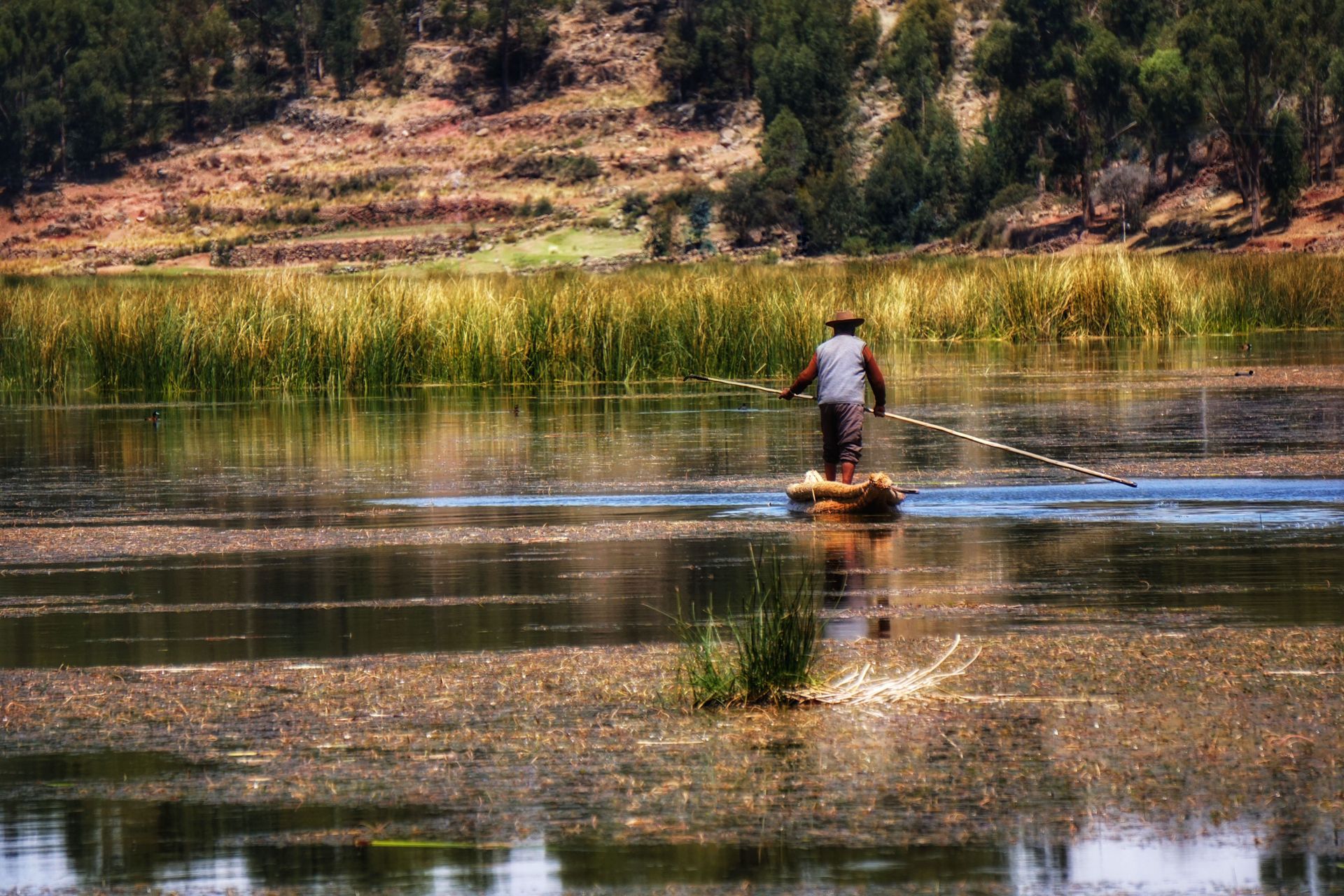

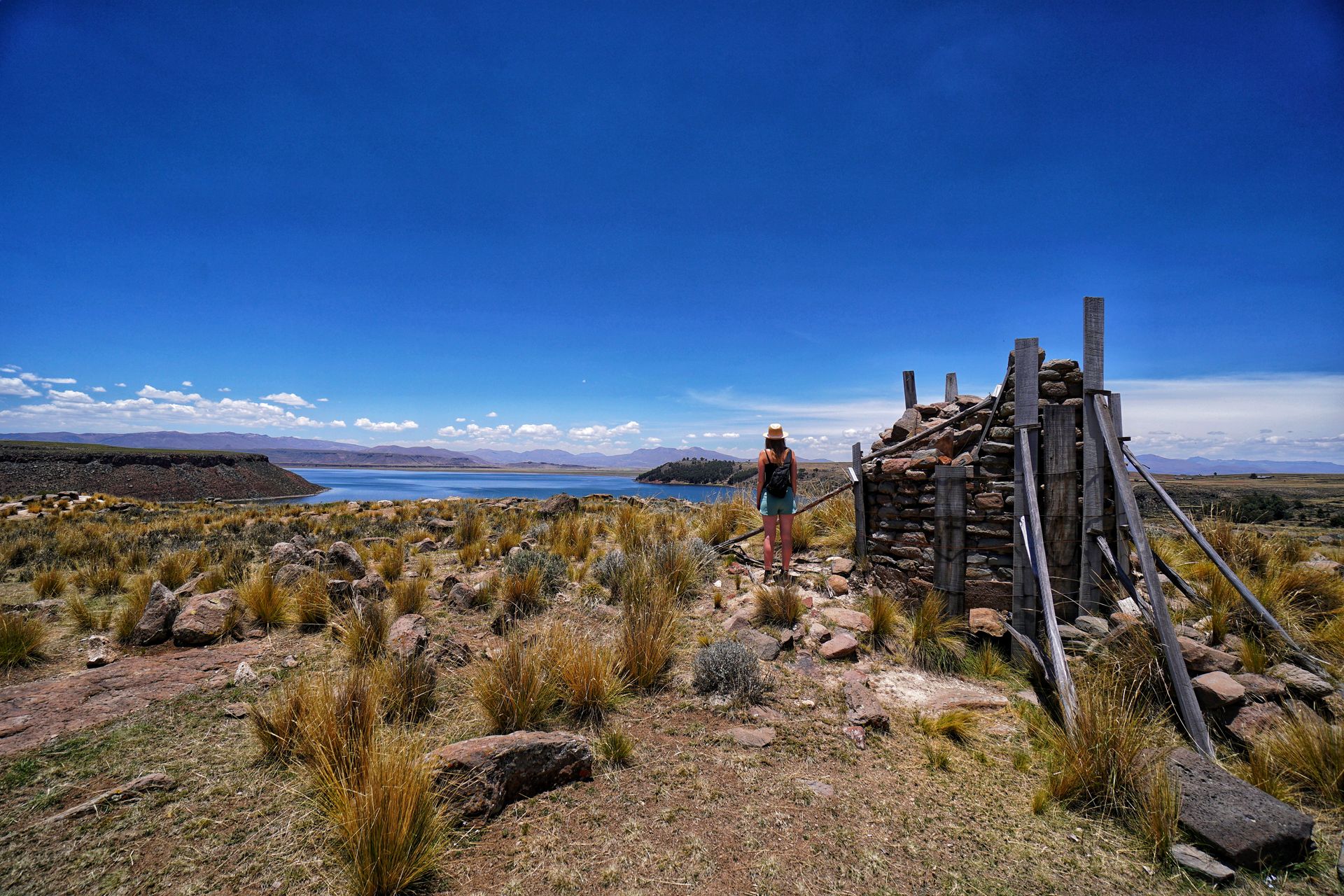
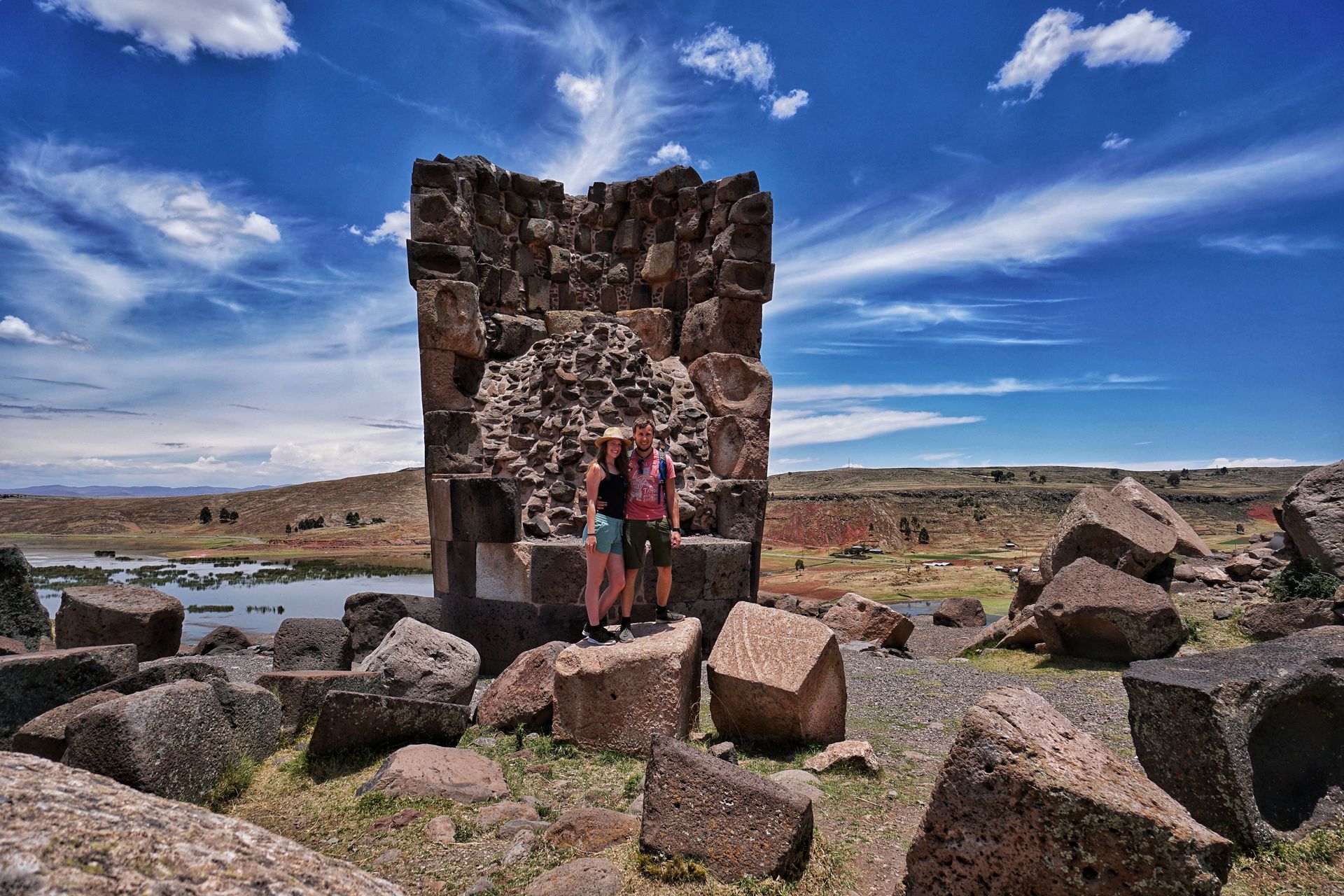
We spent the night in a small village called San Pedro in the middle of the Andes to fulfill one of Natalie's big dreams: the strenuous but beautiful hike to Vinicunca, also known as "Rainbow Mountain". Once again, this meant getting up early, to be precise at 4:00 am. By the way, that's not a problem at all in Peru, as the sun already rises at 5:00 am. To start the hike, we had to drive 45km on an unpaved gravel/mud road along a steep mountain range. Arriving at an altitude of 4500m, we then walked on the Pitumarcatrail towards the colorful mountains at over 5000m. At this point, we have to admit that hiking at this altitude also had an impact on us. Genes or not, it was incredibly strenuous. But the view from the summit was definitely worth it. Especially the fact that we took the more challenging but also deserted trail of the two possible routes up the mountain made us very happy. Because when we reached the top, we realized that the other trail was like a mass migration.
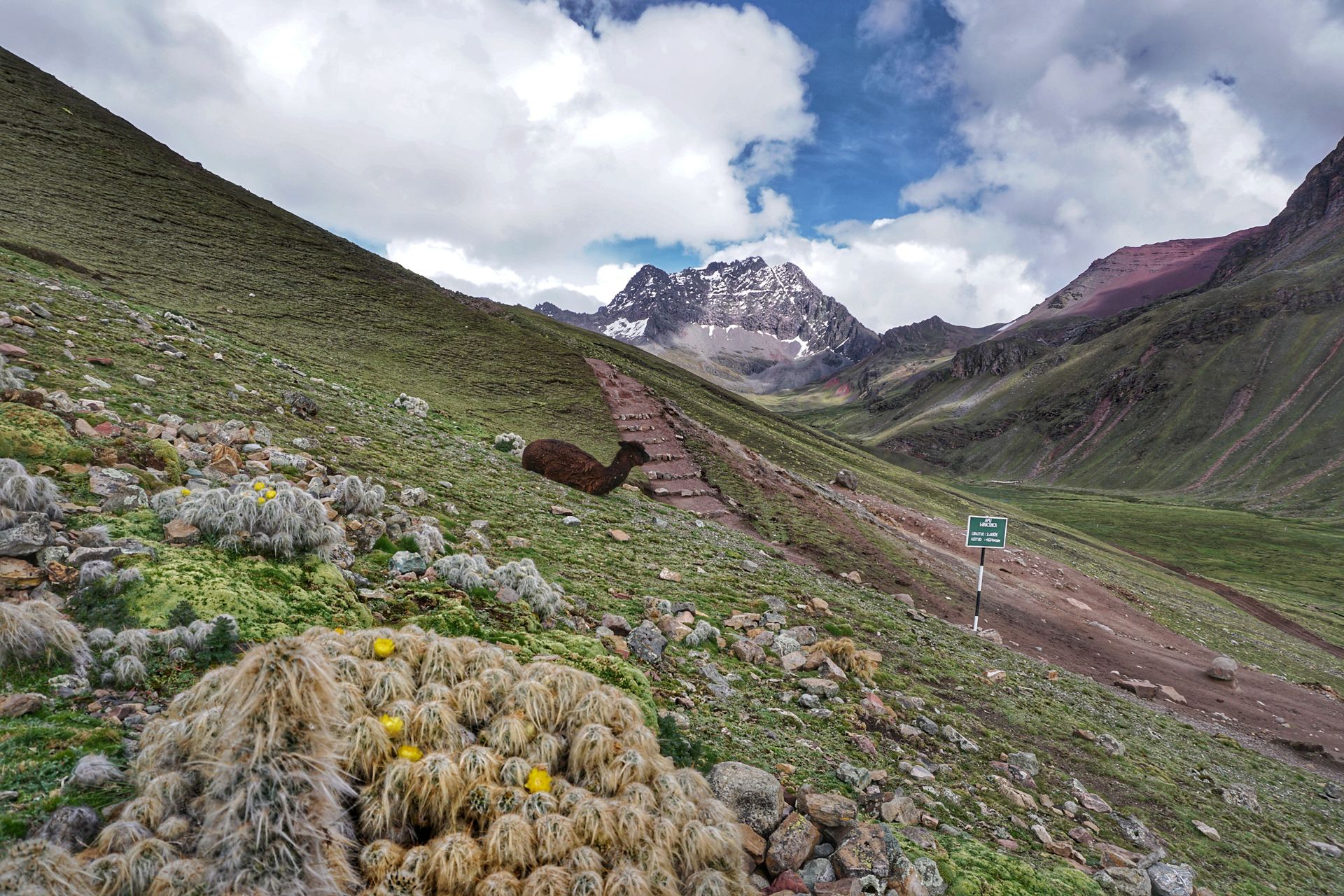

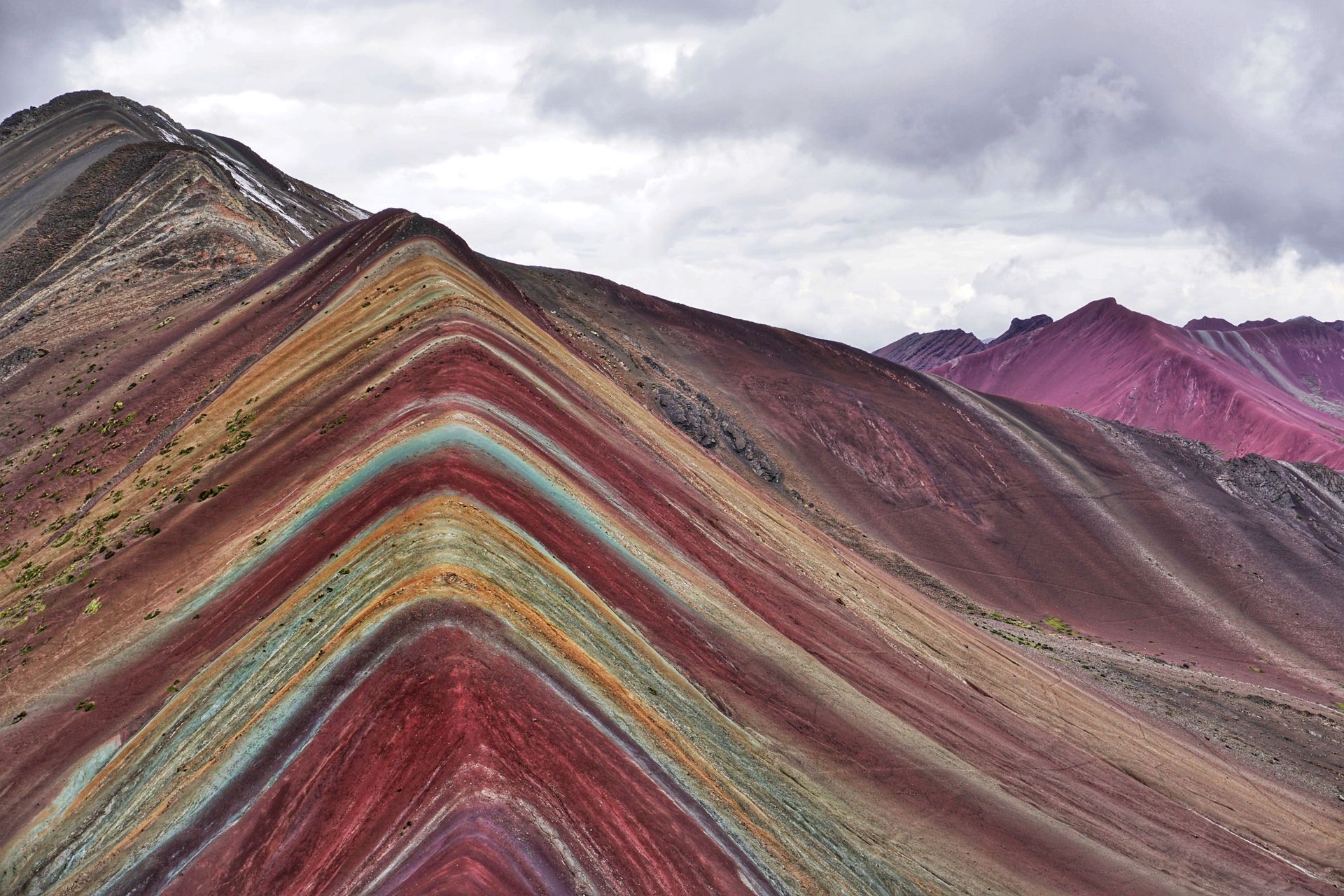
What we had considered beforehand but dismissed naively was the fact that the weather can change very quickly on mountains over 5000m high. So we started the hike in sunshine and t-shirt weather, and at the summit, we realized that it can snow up here even in November. Shortly after reaching the summit, a snowstorm and thunderstorm set in, and we began to descend quickly, which we completed soaking wet after about an hour in the warm car. Nevertheless, the view of Rainbow Mountain and the surrounding mountains was beautiful and worth the effort.
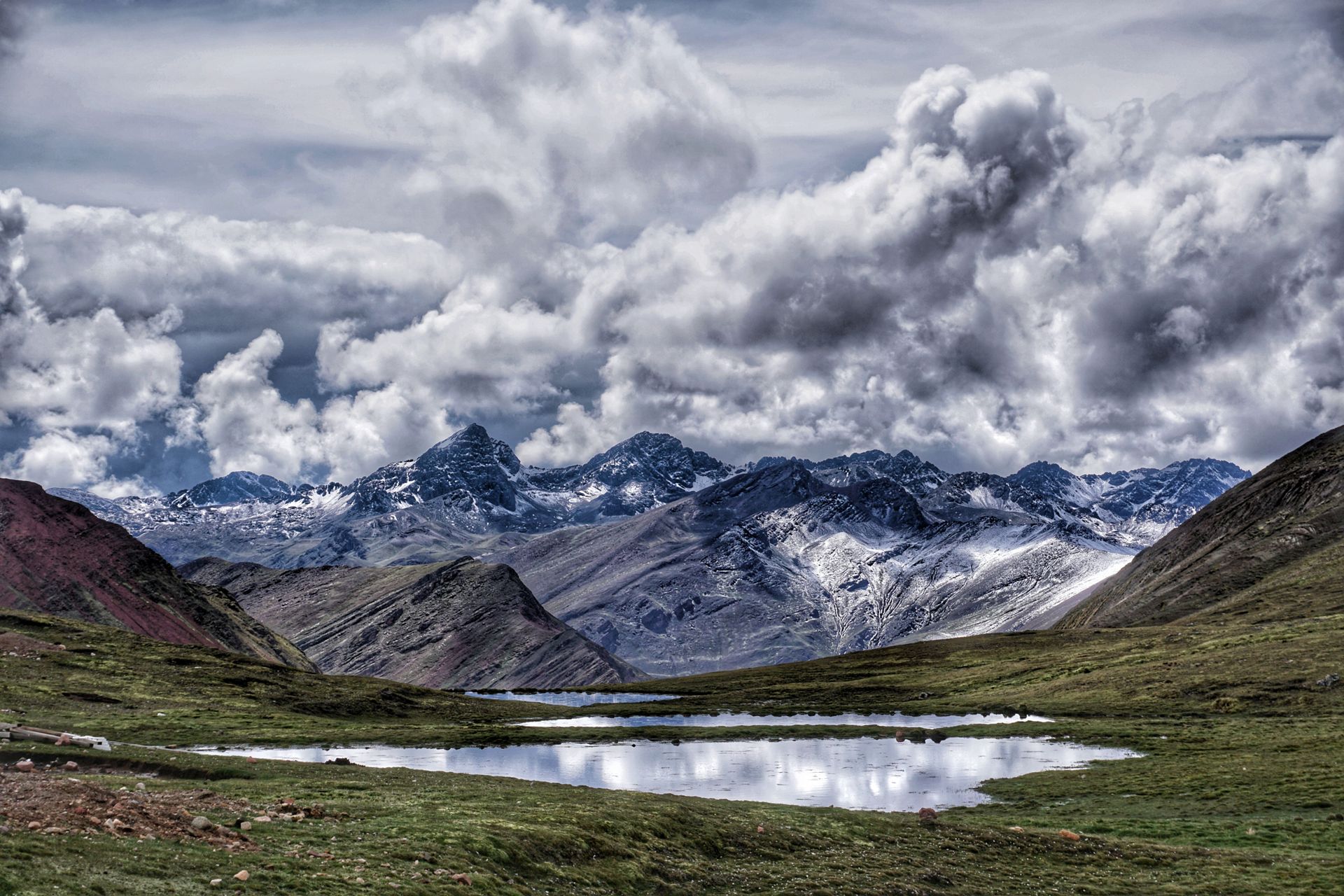

PS: Since we often sang a certain song to cheer ourselves up and distract ourselves from the effort and the imminent dehydration during our hikes, the song of hiking is Hakuna Matata - The Lion King.
Teken in op Nuusbrief
Antwoord (3)
Dave
You have lots of great photos. I hope the landscape is as enjoyable as it appears in the pictures, but I guess the rain wasn't so much fun.
It's cold in Germany - under 5 degrees.
So we are jealous of your sunny skies and apparently warm weather.
Natalie
Thank you! Yeah we are having lots of fun, even though the weather is nasty sometimes with heavy rain or very hot days. And don't be jealous, I don't think your skin would appreciate the sun here, at least mine doesn't ;)Jan
Natalie und Jan,
Hoffe Euch geht es weiterhin gut, zumindest unterm Strich.
Eindrückliche Erlebnisse, tolle Fotos, interessante Berichte - ich Folge Euch gern weiter auf Eurer TourDeMonde. Lasst uns teilhaben, was uns der Planet alles bietet
Reisverslae Peru
